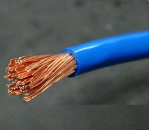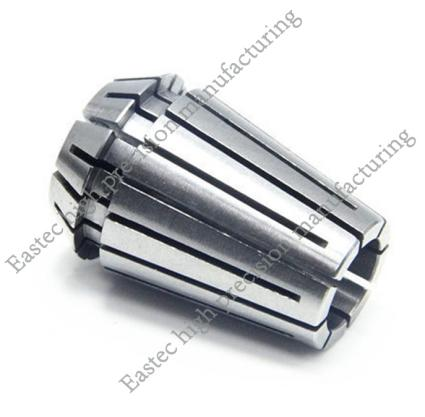In the world of metallic materials, there exists an “impossible trinity” rule, that is, the strength, plasticity, and stability of metals cannot be simultaneously maximized; an increase in one often leads to a decrease in others. After years of research, Chinese scientists have proposed a novel structural design concept, successfully enabling metallic materials to maintain strength and plasticity while significantly enhancing their stability. This achievement was published in the international academic journal Science in the early morning of April 4th, Beijing time.
Researchers from the Institute of Metal Research, Chinese Academy of Sciences, told reporters that the instability of metallic materials is due to a type of defect in metals, which professionals refer to as “dislocation”. When a metal is subjected to unidirectional fluctuating external forces, dislocations move and accumulate, quietly forming irreversible deformations and cracks, ultimately leading to sudden fracture. This kind of damage undermines the stability of the material. It is like a chronic disease in metals, not easily detectable but with severe consequences.
So, how can this inherent defect of metallic materials be overcome? The researchers proposed a brand - new structural design idea. By controlling specific process parameters of the metal's reciprocating torsion, a spatially gradient - ordered sub - micron - scale stable dislocation structure is introduced into the metal. It is equivalent to implanting a carefully designed three - dimensional “crash - wall” framework network at the sub - micron scale inside the metallic material, thus hindering the movement of dislocations.
Lu Lei, a researcher at the Institute of Metal Research, Chinese Academy of Sciences, told reporters that the research team, through a technique called cyclic torsion, built “reinforcement frameworks” within the grains. The size of these structural units is only one - three - hundredth the thickness of a human hair, also known as dislocation cells. When the metallic material deforms, the dislocation cells play a crucial role. When external forces strike, even more dense “crash - walls” that are tens of thousands of times thinner than a hair are formed inside. It is as if nano - scale “shock absorbers” that can self - evolve are injected into the metal's framework network, endowing the metal with the amazing superpower of “becoming stronger when encountering strength”. Moreover, the entire strengthening process can occur uniformly, avoiding damage caused by local deformation.
It is understood that the metallic material with the “reinforcement framework” built by the team currently has a cyclic creep - resistance that is 100 to 10,000 times higher than that of traditional metallic materials. Its characteristic is that it does not change the shape, size, or surface state of the metal, but significantly improves the service stability of the metallic material. This new breakthrough is of great significance for the research and manufacturing of modern industries such as aero - engines and pressure vessels.





 Customer service 1
Customer service 1  Customer service 2
Customer service 2